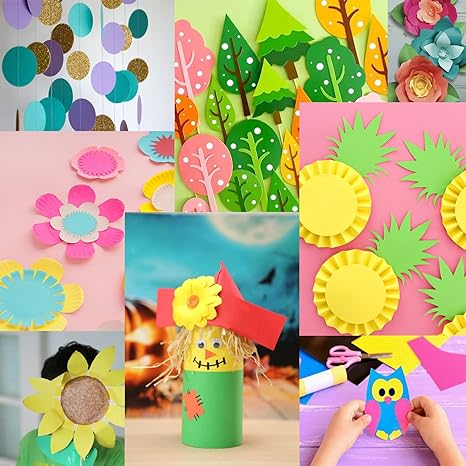
Origami, the traditional Japanese art of paper folding, has captivated people worldwide for centuries. With its delicate intricacy and creative possibilities, origami has evolved into various forms, including the fascinating realm of origami animals. This art form brings together the beauty of nature and the ingenuity of human hands, allowing us to transform a simple sheet of paper into a three-dimensional representation of a living creature. In this article, we will delve into the world of origami animals, exploring its history, techniques, and the joy it brings to both creators and admirers.
Origins and History:
Origami, derived from the Japanese words "ori" (folding) and "kami" (paper), traces its roots back to ancient times. The art of paper folding was initially used for ceremonial and religious purposes in Japan. Over time, it evolved into a recreational activity, and folding animals became a popular form of origami. In the 17th century, origami master Sokaku introduced his expertise to the Western world, sparking international interest in origami animals and expanding its reach beyond Japan.
Techniques and Process:
Creating origami animals requires patience, precision, and a deep understanding of folding techniques. The process begins with selecting the right paper, typically a square sheet that allows for easier folding. Various types of origami paper are available, ranging from traditional washi paper to colorful patterned designs. Next, the artist follows step-by-step instructions or diagrams to fold the paper strategically, shaping it into the desired animal form. With practice, one can achieve remarkable results, giving life to creatures such as birds, butterflies, elephants, and more.
Popular Origami Animals:
The world of origami animals offers a vast array of options, each with its unique charm. Some popular origami animals include the graceful crane, symbolizing happiness and longevity in Japanese culture, the elegant butterfly, representing freedom and beauty, and the beloved origami cat, capturing the feline's mysterious allure. From land to sea, sky to forest, origami animals allow us to explore and appreciate the diverse wonders of the animal kingdom through the art of paper folding.

Significance and Impact:
Origami animals hold significance beyond their aesthetic appeal. Engaging in this art form offers numerous benefits and impacts our lives in various ways. Firstly, origami promotes creativity and imagination, encouraging artists to visualize and bring to life their favorite animals through paper. The process demands focus and attention to detail, fostering a sense of mindfulness and relaxation. Additionally, origami animals can be utilized as educational tools, teaching children and adults about animal anatomy, habitats, and conservation. This combination of artistic expression and educational value makes origami animals a valuable resource for teachers, parents, and nature enthusiasts alike.
Conclusion:
Origami animals exemplify the beauty and versatility of the ancient art of paper folding. From its humble beginnings in Japan to its global popularity today, origami animals continue to inspire creativity, captivate imaginations, and bring joy to both creators and observers. The intricate folds and delicate details of these paper creatures serve as a testament to human ingenuity and our connection to the natural world. So, pick up a sheet of paper, follow the folding instructions, and embark on a journey of transforming a simple square into a magnificent origami animal. Let the art of origami animals transport you to a realm where creativity knows no bounds and where paper breathes life into the enchanting world of animals.